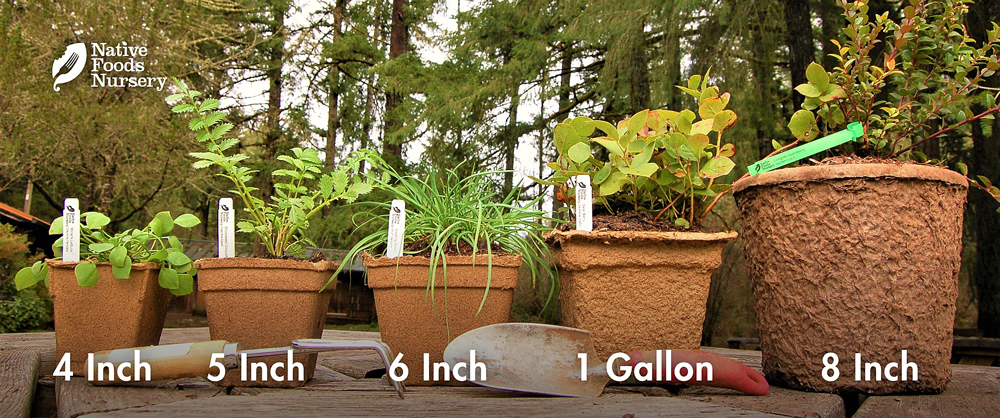Wild Rye is a beautiful perennial bunchgrass that has edible seeds.
Edible Uses
Wild Rye seeds are a native food similar to cultivated rye, but much smaller, and can be used as a cereal grain. The dried flour from grinding the seeds can be combined with other cereal flours to make bread, muffins, biscuits, cookies and crackers.
Ornamental Qualities
Wild Rye is handsome bunch grass that shoots up 3-5 long flower stalks in early summer; the beautiful seed stalks look like golden braids as they ripen in the summer sun. The long thin blades have a blue-green hue. The plants are vigorous and hardy but not invasive, with the right attention a large stand can be established and maintained. They like to grow in the dappled shade of open woodlands and are a perfect understory plant for either the Oregon White Oak, the California Black Oak, The California Foothill Pine or the Pinyon Pine.
Environment and Culture
Wild Rye grows on the edges of open woodlands, under oak trees, in open meadows and along side streams. Because they are perennials and not annuals they contribute to soil restoration and help prevent erosion, for this reason they are often used in stream bank restoration projects.
Northwest Native American tribes today still value this special plant as food, medicine, and family. Despite great cultural losses, they continue to work towards stewarding and restoring wild populations, both strengthening the integrity of the ecology and sustaining their cultural heritage and wisdom. These strong and recovering peoples and plants deserve our respect, gratitude, and reparations. (Learn more & how to help on our Charitable Giving page.)
Harvest, Care, and Preparation
Harvest the seeds after the plant has dried down in late summer through early fall. Use a basket to catch the seeds as you pull your thumb and forefinger along the stem, when ripe the seeds will break off very easily. Prepare the seeds by separating out all the chaff, put them through a grinder (many people keep a spare coffee grinder for this kind of thing) and soaking the seeds for a couple of hours, change the water at least once and remove any remaining chaff that floats to the surface. Cook the seeds until they are soft and swollen with water, use two parts water to one part seed.
Native Range: CA, OR, WA, ID, BC
USDA zones: 4-9
Ease of Care: Moderate
Deer Resistance: Moderate
Light Requirements: Full Sun to Part-Shade
Soil Type: Any
Water Requirements: Moist to dry, well drained soils
Pollination: Self Fertile
Bearing Age: 1 year
Size at Maturity: 1-5 feet
Plant Spacing: 6-12 Inches
Bloom Time: May-July
Harvest Time: Late Summer-Fall
Pot Sizing Guide
